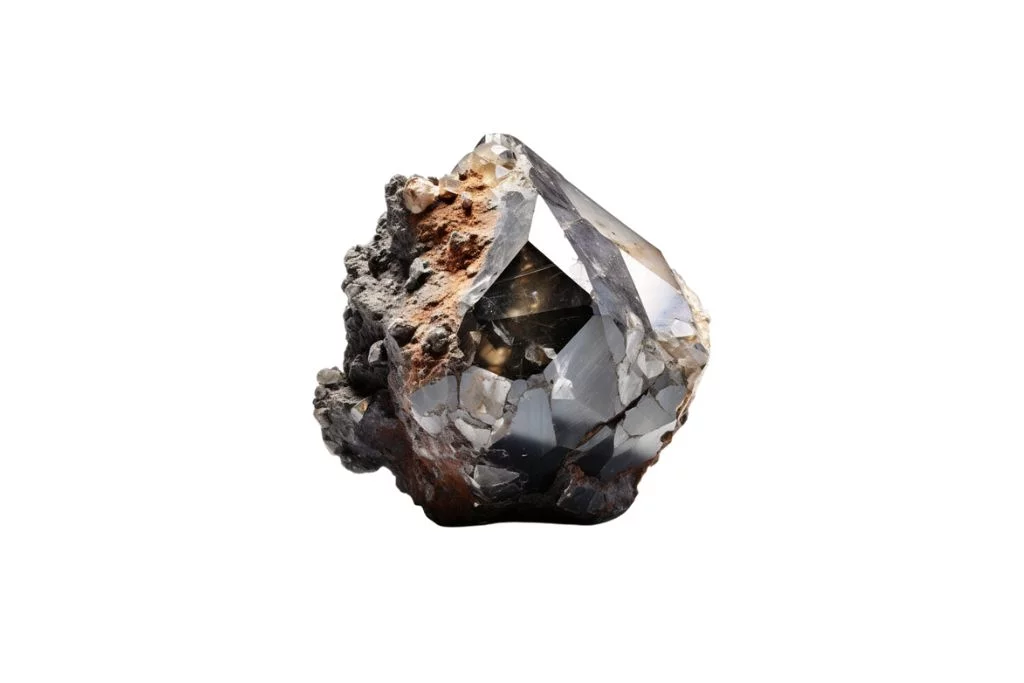Physical Appearance of Bort
Bort, a unique form of diamond, exhibits a distinctive appearance that sets it apart from its more glamorous counterparts. Typically, bort crystals display a dark gray to black coloration, which is a stark contrast to the clear or white hues associated with gem-quality diamonds. This somber color is due to the presence of numerous inclusions and impurities within the crystal structure.
Crystal Structure
The structure of bort is characterized by its polycrystalline nature. Unlike single-crystal diamonds, bort consists of numerous small, intergrown diamond crystals. This structure gives bort a granular or sugary texture, often described as resembling coarse sandpaper to the touch. The individual crystallites are tightly packed, contributing to the overall durability of the material.
Notable Physical Characteristics
One of the most striking features of bort is its lack of transparency. While gem-quality diamonds are prized for their clarity and ability to transmit light, bort is opaque due to its polycrystalline structure and abundant inclusions. This opacity contributes to its industrial utility, as it can be used in applications where light transmission is not necessary.
Unique Aspects
Bort crystals often exhibit irregular shapes and sizes, ranging from small grains to larger, rounded pebbles. They may display a matte or dull luster, unlike the brilliant shine of gem-quality diamonds. Some bort specimens showcase interesting surface textures, including pitted or etched patterns, which result from their formation process and subsequent environmental exposure.
Industrial Significance
While not aesthetically pleasing in the traditional sense, bort’s unique physical properties make it invaluable in industrial applications. Its extreme hardness, combined with its polycrystalline structure, allows it to be used in cutting, grinding, and polishing tools. The irregular shape and rough texture of bort crystals provide excellent abrasive qualities, making them ideal for various manufacturing processes.
Historical and Cultural Significance of Bort
Bort, also known as boart or industrial diamond, has played a significant role in human history and technological advancement. This form of polycrystalline diamond has been prized for its exceptional hardness and durability since ancient times. While not as aesthetically pleasing as gem-quality diamonds, bort has been instrumental in various industrial applications throughout history.
Metaphysical Associations
In the realm of metaphysics, bort is often associated with strength, clarity, and purification. Some believe that it possesses the ability to enhance mental acuity and promote spiritual growth. Despite its less glamorous appearance compared to clear diamonds, bort is thought to carry similar energetic properties, making it a popular choice among those who work with crystals for healing and meditation purposes.
Traditional and Modern Applications
Traditionally, bort has been used in various industrial processes, particularly in cutting, grinding, and polishing applications. Its extreme hardness makes it ideal for use in drill bits, saw blades, and abrasive tools. In modern times, bort continues to be essential in manufacturing, electronics, and precision engineering. It is widely used in the production of computer chips, surgical instruments, and high-precision optical equipment.
Benefits and Perceived Advantages
The benefits of bort extend beyond its industrial applications. In the field of alternative medicine, some practitioners believe that bort can help alleviate physical ailments and promote overall well-being. It is thought to enhance mental clarity, boost energy levels, and provide protection against negative energies. While these claims lack scientific evidence, the enduring popularity of bort in metaphysical circles speaks to its perceived power and significance in holistic healing practices.

